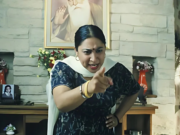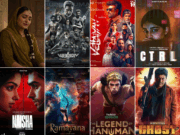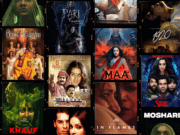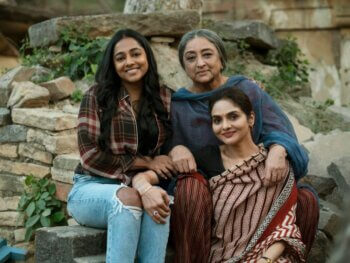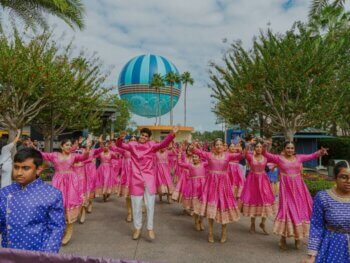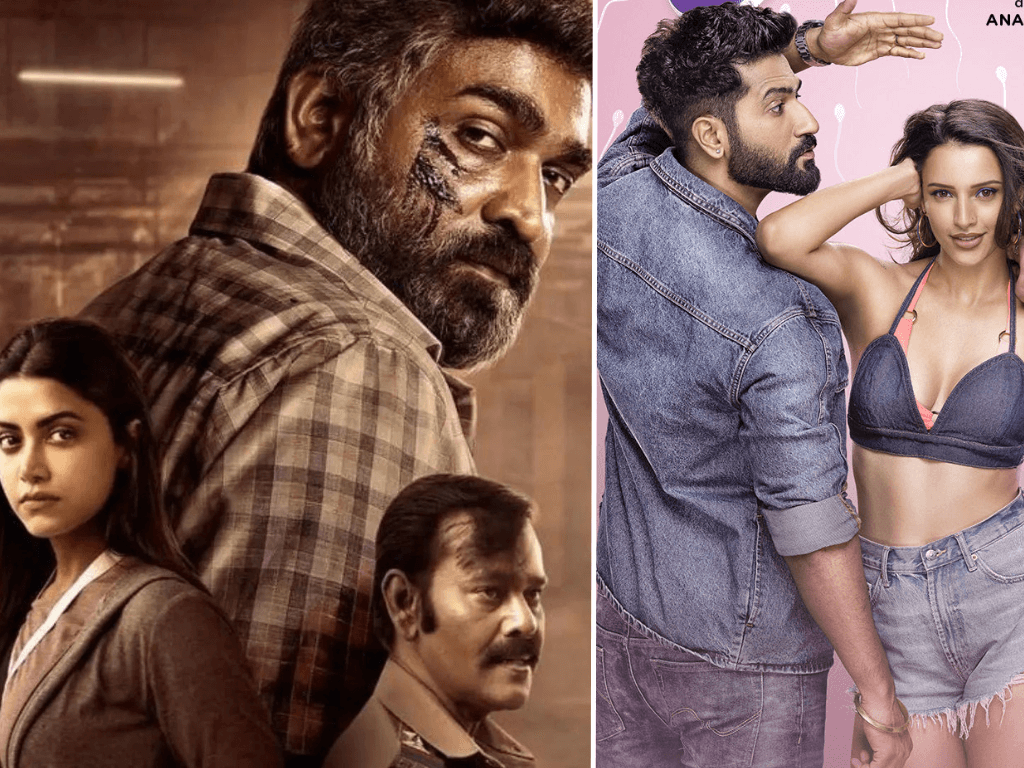
Nepotism Or Repetitive Content – What’s Causing Bollywood’s Slump Versus Punjabi & South Indian Cinema’s Surge
Entertainment Aug 21, 2024
Nepotism Or Repetitive Content – What’s Causing Bollywood’s Slump Versus Punjabi & South Indian Cinema’s Surge represents a pivotal shift in the Indian film industry. As I observe Bollywood struggling with declining box office returns and a stifling lack of originality, I see how the vibrant and diverse offerings from Punjabi and South Indian cinema are captivating audiences. This new era underscores a transformative moment in Indian cinema where regional films are not just surviving but are setting new standards for storytelling, production quality, and audience engagement. The rise of these regional cinemas reflects a growing demand for fresh narratives and authentic content, compelling Bollywood to reconsider and revitalize its approach to filmmaking.
The decline of Bollywood and the rise of Punjabi and South Indian cinema have sparked widespread debate across various platforms, with opinions coming from all walks of life, including everyday viewers and industry professionals. As someone who has been a devoted Bollywood fan since childhood and now works as an Entertainment Journalist, I’ve observed these changes closely.
Bollywood has recently undergone significant transformation, experimenting with new genres and storytelling techniques. Films like Dear Zindagi tackled mental health, Article 15 addressed social justice, and Dangal brought biographical stories to the forefront. Classics like Border, Mohabbatein, Dilwale Dulhania Le Jayenge, Sholay, Seeta Aur Geeta, Abodh, and Hum Aapke Hain Koun will always hold a special place in my heart. Yet, the recent viewing of Bad Newz—despite the hype around Vicky Kaushal and Karan Aujla’s track Tauba Tauba—left me disillusioned with its plot, production, writing, and performances.
This disappointment highlights a troubling trend in Bollywood: films like Thank You For Coming and Crew receive standing ovations, while movies with deeper messages like Article 370, Maidaan, and Chandu Champion struggle to gain attention. This contrast underscores the industry’s inclination to prioritize trendy narratives over substantial stories. Despite their meaningful content, these impactful films often get overshadowed by the hype surrounding more commercial, star-driven projects.
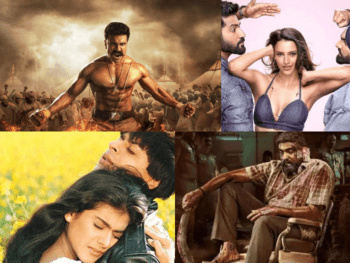
As Bollywood films struggle at the box office, South Indian cinema is breaking records, and streaming platforms are enjoying a surge in subscriptions. The trust that audiences once placed in Bollywood appears to be eroding, with the old formula of star-studded casts, catchy music, and melodramatic plots no longer striking a chord as it once did. A decade ago, Bollywood was the epicentre of Indian cinema, with icons like Shah Rukh Khan, Salman Khan, and Aamir Khan turning film releases into major cultural events. The excitement surrounding these movies was electric, but today, that thrill has noticeably faded. Even Aamir Khan’s Laal Singh Chaddha, a remake of the Oscar-winning classic Forrest Gump, struggled to make a significant impact at the box office, highlighting Bollywood’s declining appeal.
One of the key factors driving the rise of South Indian films in Bollywood is the growing trend of collaborations and remakes between the two industries. Bollywood producers are increasingly keen to adapt successful South Indian hits for a broader audience, banking on their established popularity. Simultaneously, South Indian filmmakers are eager to broaden their horizons by remaking their films in Hindi. This mutual exchange of ideas and talent has fostered a dynamic partnership, seamlessly blending concepts and narratives across both industries.
In contrast, Bollywood has been grappling with the aftermath of the COVID-19 pandemic. The traditional formula of star-studded casts, weak storylines, and over-the-top performances is no longer resonating with audiences. There’s a growing demand for authenticity and originality, leaving Bollywood’s once-grand spectacles feeling outdated. As viewers flock to theatres more for the experience than the content itself, Hindi cinema risks fading into the background in an entertainment landscape that is rapidly evolving.
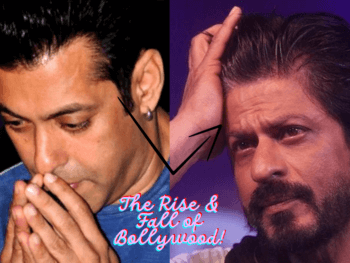
The reasons behind Bollywood’s declining popularity are complex, and there is no simple solution. Contemporary filmmakers must address this to regain the industry’s appeal. Since early 2022, Bollywood releases have struggled at the box office, as audiences become more selective about their entertainment choices.
Regional cinema, with daring themes and increased investment, is transforming the industry. Bollywood’s dominance in Mumbai is now being complemented by the growing prominence of Tamil-Kollywood, Telugu-Tollywood, and Punjabi-Pollywood films. not only capturing substantial mainstream attention but also reshaping the cinematic experience in India.
Here are some factors, in my view, contributing to Bollywood’s slump and South Indian Cinema’s Surge:

The appeal of South Indian cinema has become a major factor in Bollywood’s downfall. Films like Baahubali: The Beginning and Baahubali: The Conclusion, directed by S.S. Rajamouli, set new benchmarks with their epic scale and captivating storytelling. Similarly, KGF: Chapter 1 and its sequel KGF: Chapter 2, directed by Prashanth Neel, gained massive acclaim for their high-octane action and gripping narratives. Mahanati, a Telugu biopic directed by Nag Ashwin, earned praise for its portrayal of the iconic actress Savitri, while Drishyam, a Malayalam thriller by Jeethu Joseph, is renowned for its intricate plot and suspense. Super Deluxe and Vikram Vedha further demonstrate the innovative and bold storytelling that has captivated audiences and overshadowed Bollywood’s more formulaic offerings. These films highlight the creative and engaging content of South Indian cinema, drawing viewers away from Bollywood’s traditional approach.
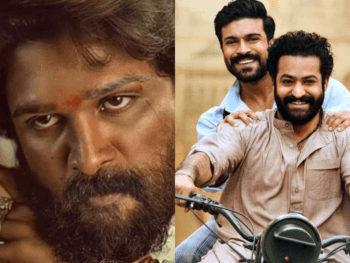
Nepotism has emerged as a significant factor contributing to Bollywood’s decline, overshadowing genuine talent and suppressing diversity in the industry. The preferential treatment of star kids over skilled but less connected actors has created an environment where talent is often sidelined. For instance, actors like Aryan Khan and Suhana Khan, children of Shah Rukh Khan, and Janhvi Kapoor and Khushi Kapoor, daughters of Boney Kapoor and Sridevi, have received high-profile opportunities despite lacking extensive acting experience. This favouritism contrasts sharply with the struggles of talented actors such as Nawazuddin Siddiqui and Pankaj Tripathi, who have proven their mettle but often face fewer mainstream roles. The focus on lineage over skill has led to a stagnation in creative storytelling and has eroded audience trust, as viewers increasingly notice the lack of fresh and authentic talent in Bollywood films. Films like Chandu Champion or Srikanth often get overshadowed, as most of the spotlight is given to movies starring industry insiders and star kids.

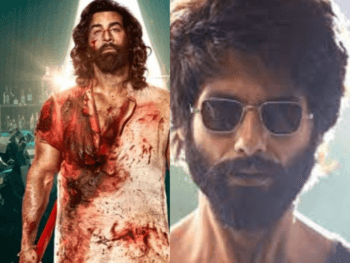
Hero-centric chronologies are another significant factor contributing to Bollywood’s downfall. The industry has long been dominated by films that revolve around larger-than-life heroes, often elevating star power over story and substance. This focus on showcasing the hero’s invincibility, charisma, and personal journey has led to repetitive and predictable storylines, where the hero inevitably triumphs against all odds. Films like Sultan, Khiladi 786, Kisi Ka Bhai Kisi Ki Jaan, or even the recent South Indian film, Maharaja, etc. exemplify this trend, placing the lead actor at the centre of grandiose tales of redemption and triumph. While these films can be entertaining, they often neglect the development of supporting characters and diverse perspectives, resulting in one-dimensional narratives.

I’ve noticed a powerful shift in the film industry with the rise of Punjabi and South Indian cinema, driven by a commitment to fresh, diverse content that sets them apart from mainstream Bollywood. These regional films delve into unique themes and bring innovative storytelling that resonates with audiences, including myself, who are searching for something new and different. By reflecting local cultural and social nuances, Punjabi and South Indian films create strong connections with their audiences, who, like me, see their own lives and experiences mirrored on screen.
What stands out to me is how these films prioritize high production values and compelling scripts, earning both critical acclaim and commercial success. The authenticity and relatability brought by local talent, both in front of and behind the camera, make these stories feel genuine and impactful. I’ve been particularly impressed by the rising stars and filmmakers from these regions, whose work continues to gain recognition and elevate the appeal of their films. Their willingness to push boundaries and experiment with new genres keeps the content fresh and exciting. Moreover, the smart integration of regional films with streaming platforms has broadened their reach, solidifying their growing influence in the cinematic world.
In summary, the incline of South Indian cinema represents a pivotal shift in the Indian film terrain, highlighting the victory of creation over tradition, diversity over monotony, and alliance over insularity. This cross-pollination between South Indian and Bollywood cinema promises a rich array of stories that surpass linguistic and cultural boundaries, enriching the viewing experience for audiences across the globe. The future of Indian cinema hinges on unity and the collective creativity of filmmakers from every region.
The issue of disconnect with audiences can be remedied by revisiting successful past films and examining current hits, such as JugJugg Jeeyo, Bhool Bhulaiyaa 2, and Gangubai Kathiawadi, which have resonated even in international demands. The lack of engaging, relatable, and diverse narratives is contributing to Bollywood’s struggles, reflecting a disregard for the audience’s evolving tastes. The industry’s reliance on star power alone cannot compensate for poor storytelling and uninspired plots.
I still have a soft spot for Bollywood, even though it’s lost a bit of its sparkle. But mark my words—there’s no doubt that it’ll make a grand comeback and dazzle us once more.
Adam Scott, Bollywood, Downfall of Bollywood, Hero Centric Films, Kollywood, Lollywood, Ott, Pollywood, Rise of Indian Cinema, South Asian Films, Tollywood
Mehak Kapoor | Entertainment Editor
Author
Mehak Kapoor (@makeba_93) is an entertainment and lifestyle journalist with over a decade of experience in anchoring and content creation for TV and digital platforms. Passionate about storytelling and factual reporting, she enjoys engaging with diverse audiences. Outside of work, she finds solace i...
COMMENTS
YOU MAY ALSO LIKE
-

Inside 'American Warrior': Exclusive Chat With Vishy Ayyar & Omi Vaidya
-
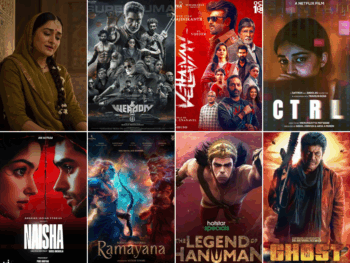
AI In South Asian Films: Innovation Or Artistic Intrusion?
-

Exclusive Interview: SkyMed's Praneet Akilla Is the Brown Romeo Canada Didn’t Know It Needed
-
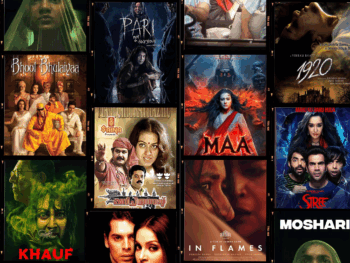
South Asian Horror Makes A Comeback: Films & Shows To Watch!
-

How Canadian Studio 'Cult Following Pictures' Is Changing Queer, Genre, & South Asian Storytelling
-
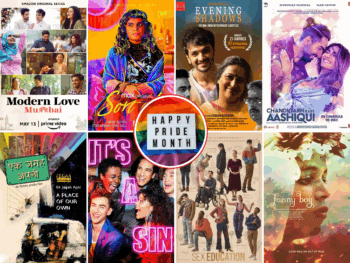
Pride In Frame: 10 Queer South Asian Stories To Watch This June
-
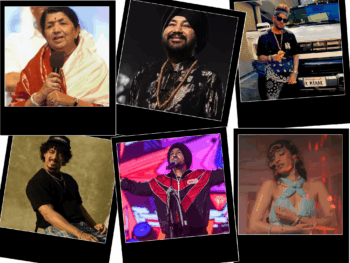
13 South Asian Music Maestros Who Revolutionized The Music Scene Forever
-

Exclusive Interview With Priyanka Bose & Raam Reddy On Magical Realism In 'The Fable'
-
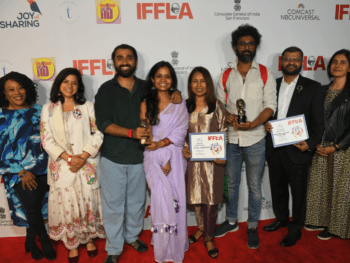
From AI Ethics To Queer Love: IFFLA 2025 Honours Groundbreaking Winners
-

South Asian Cinema Takes Over L.A. – Check Out The Must-See Films At IFFLA 2025!
-
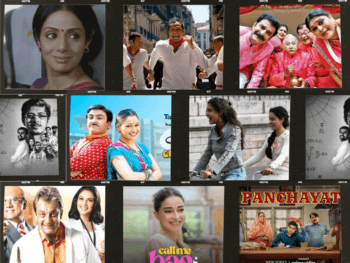
Stress Awareness Month: This Is What I Watch When I Am Tired Of Adulting (And It Works Every Time)
-

Sneaking Samosas In The Theatre To Watch 'A Nice Indian Boy' With Zarna Garg & Sunita Mani
-

Reimagining 'Mahabharata': An Exclusive Interview With The Visionaries Behind Toronto’s Theatrical Spectacle - Miriam Fernandes & Ravi Jain
-

Experience The Epic Mahabharata Like Never Before – Now On Stage in Toronto!
-

Exploring The Renaissance Of Female Characters In Bollywood, Hollywood & Beyond!
-

South Asian Stars Light Up Hollywood At Glamorous Pre-Oscar Celebration!
-

The South Asian Takeover: 2025’s Most Anticipated Hollywood Film & TV Releases
-

Bollywood 2025: The Ultimate Movie Lineup You Can’t Afford to Miss!
-

Mindy Kaling Becomes The Second South Asian Woman To Receive A Star On The Hollywood Walk Of Fame
-

8 Must-Watch Patriotic Films To Celebrate India's Republic Day
-

Up Close & Personal with Sandhya Suri on Her Oscar-Bound Film 'Santosh'
-

Bollywood 2024 Recap: The Good, the Bad, and the 'Who Asked for This?'
-

Must-Watch or Pass? Your Definitive Guide to the Upcoming Bollywood Films This Winter
-

How PBS Series 'Renegades' Celebrates American History's Most Badass Disabled Changemakers
-

14 Bollywood Remakes Vs. Their Hollywood Originals - Who Did It Better?
-

Catch Pakistan's 1st Ever Hand-Drawn Animated Film 'The Glassworker' & Other South Asian Films At Reel Asian Festival
-
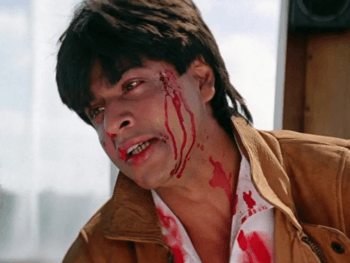
World Mental Health Day: How Bollywood Has Used Its Power Of Storytelling To Address Mental Health Stigmas
-

Highlights Of Archie Panjabi, Neeru Bajwa & Iman Vellani At iSAFF2024
-

3x Emmy-Nominated Television Host & Producer Rasha Goel Launches New Podcast "Beyond the Glam" - Premiering Today!
-
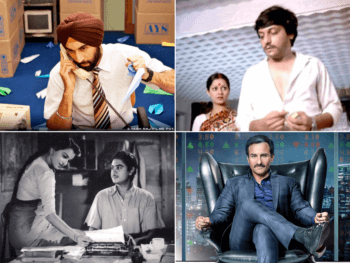
Does Bollywood Accurately Portray Financial Struggles of India's Working Class?
-
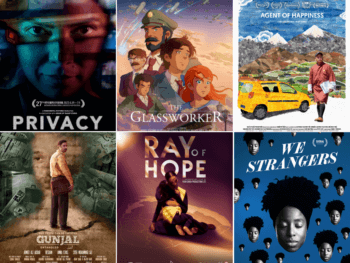
Canada’s International South Asian Film Festival (iSAFF) Triumphantly Unveils Its Thrilling 2024 Lineup!
-
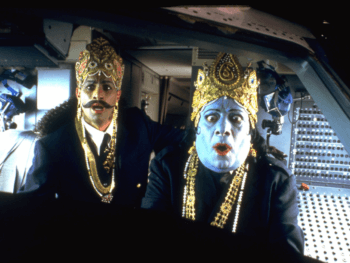
TIFF 2024: Our Chat With Writer-Director-Star Srinivas Krishna On The 4K Restoration Of His Hidden Canadian Classic ‘Masala’
-

TIFF 2024: First-Time Filmmaker Lakshmipriya Devi Dishes On ‘Boong,’ Her Funny & Profound Modern-Day Folk Tale Told From A Child's Point Of View
-
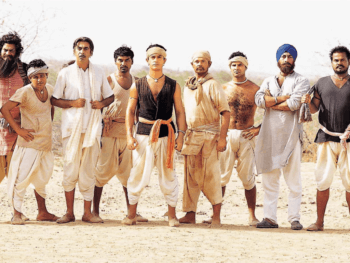
Must-Watch Patriotic Films From India & Pakistan For Your Independence Day Celebrations
-

Villainous Vixens: How Bollywood's Leading Ladies Are Redefining Cinema's Most Memorable Antagonists
-
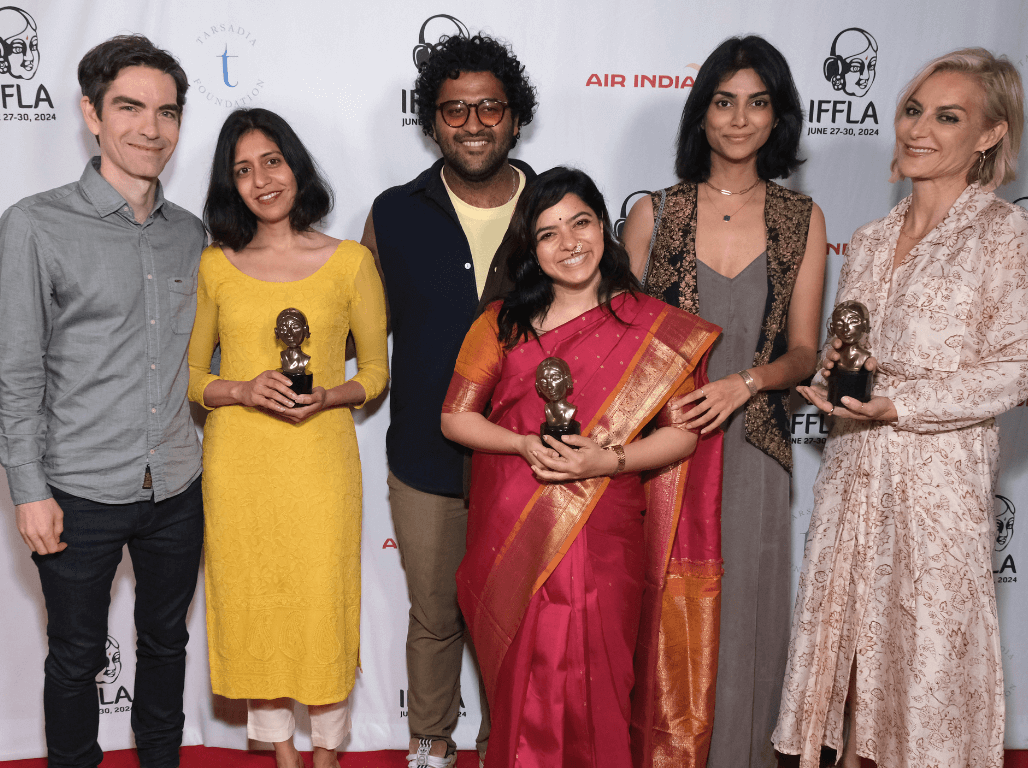
'Girls Will Be Girls' Wins Big At The 2024 Indian Film Festival Of Los Angeles (IFFLA)
-
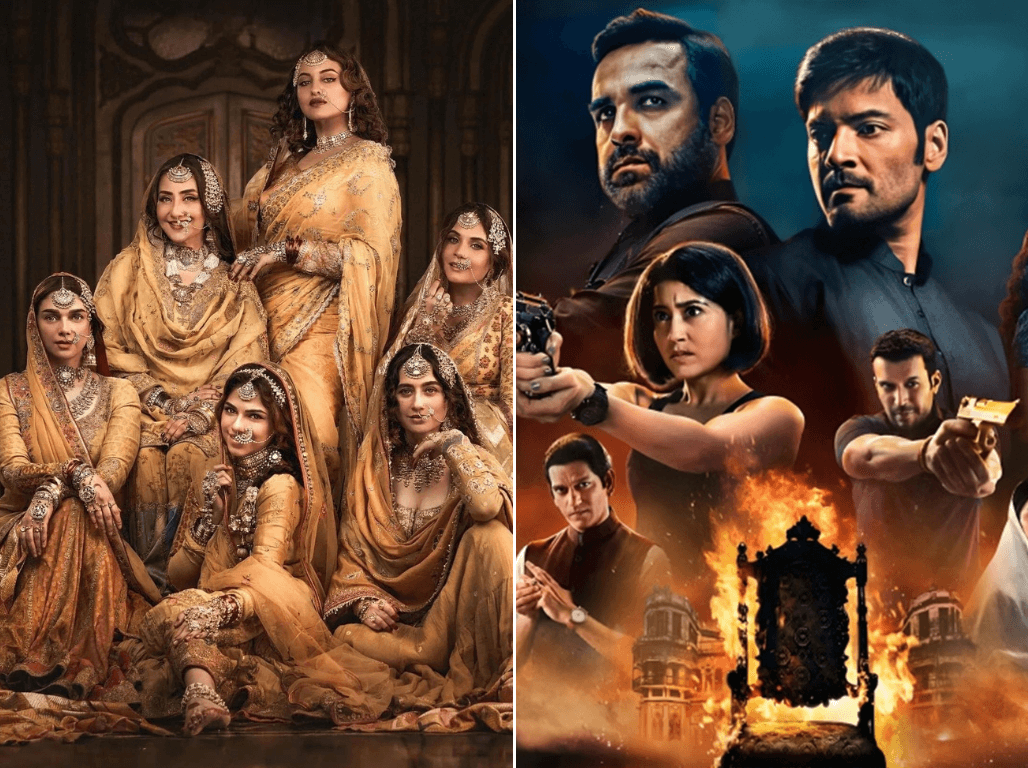
OTT Revolution: How Streaming Platforms Are Transforming Indian Cinema
-

A Train Bloodbath With A 90% On Rotten Tomatoes - Why You Should Watch TIFF-Acclaimed Indian Action Flick 'Kill'
-

The Indian Film Festival of Los Angeles (IFFLA) Celebrates Its 22nd Edition June 27-30 With An Incredible Lineup Of 21 Films
-
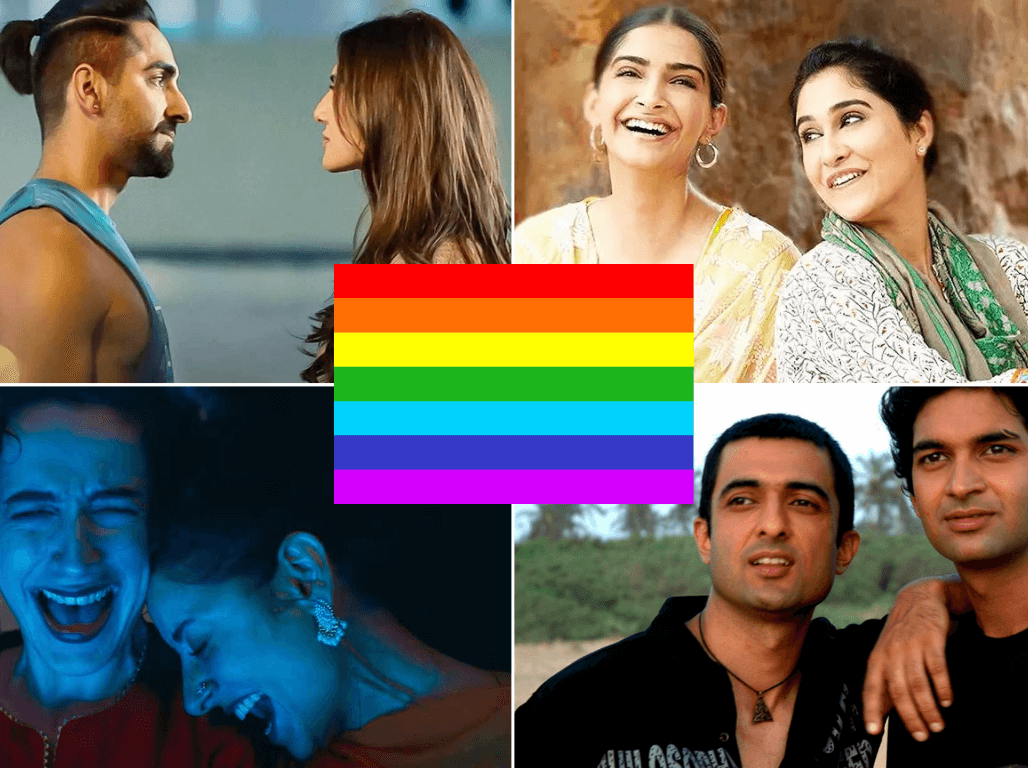
Pride Month & Beyond: LGBTQIA+ Representation in South Asian Cinema
-
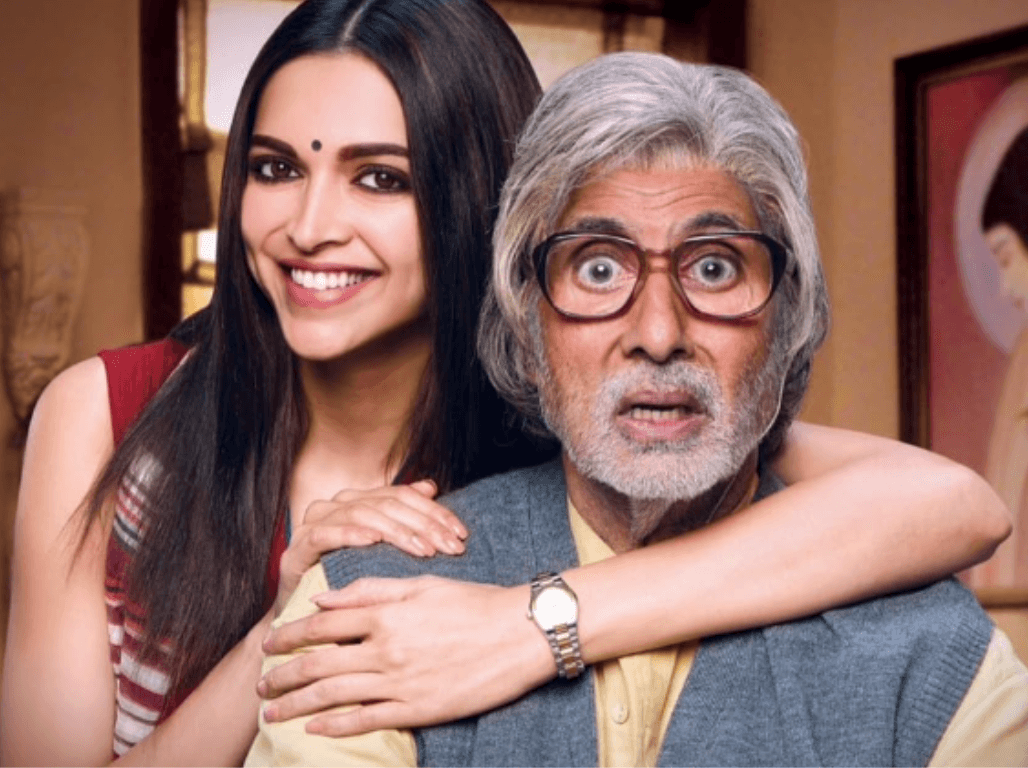
From Stoic Protectors to Emotional Anchors: A Father’s Day Tribute Through Hindi Cinema
-
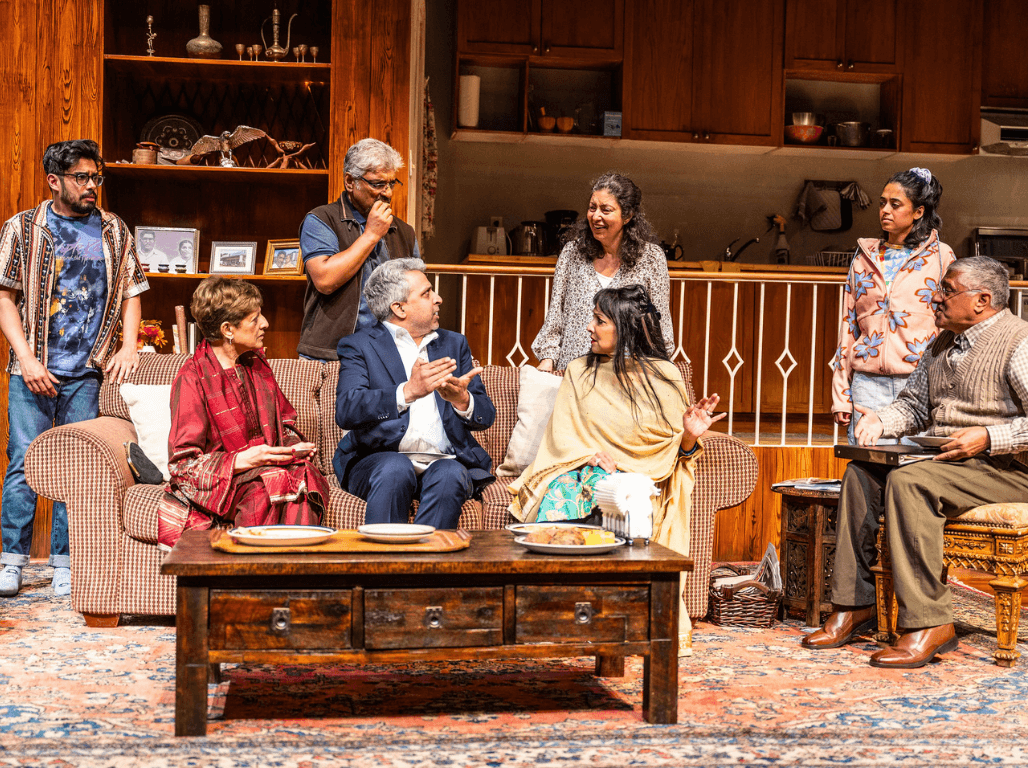
Exploring South Asian Intergenerational Sacrifice With 'The Wrong Bashir', Now Playing In Toronto
-
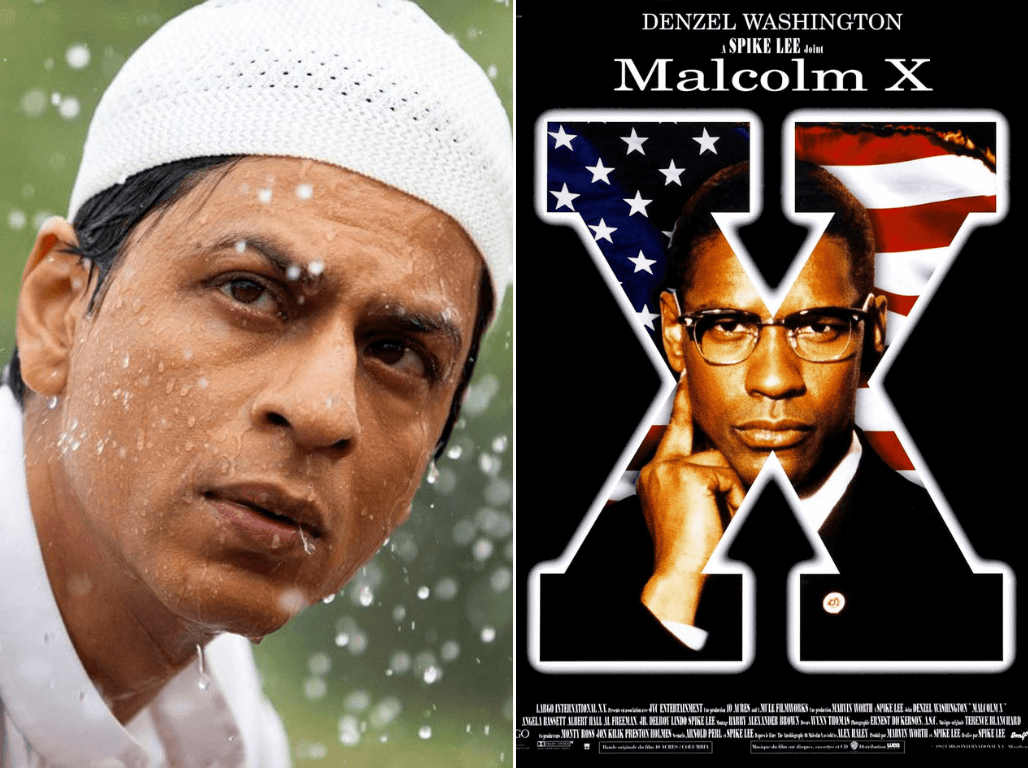
Bollywood & Beyond: Must-Watch Films for Vibrant Insight Into Muslim Cultures
-
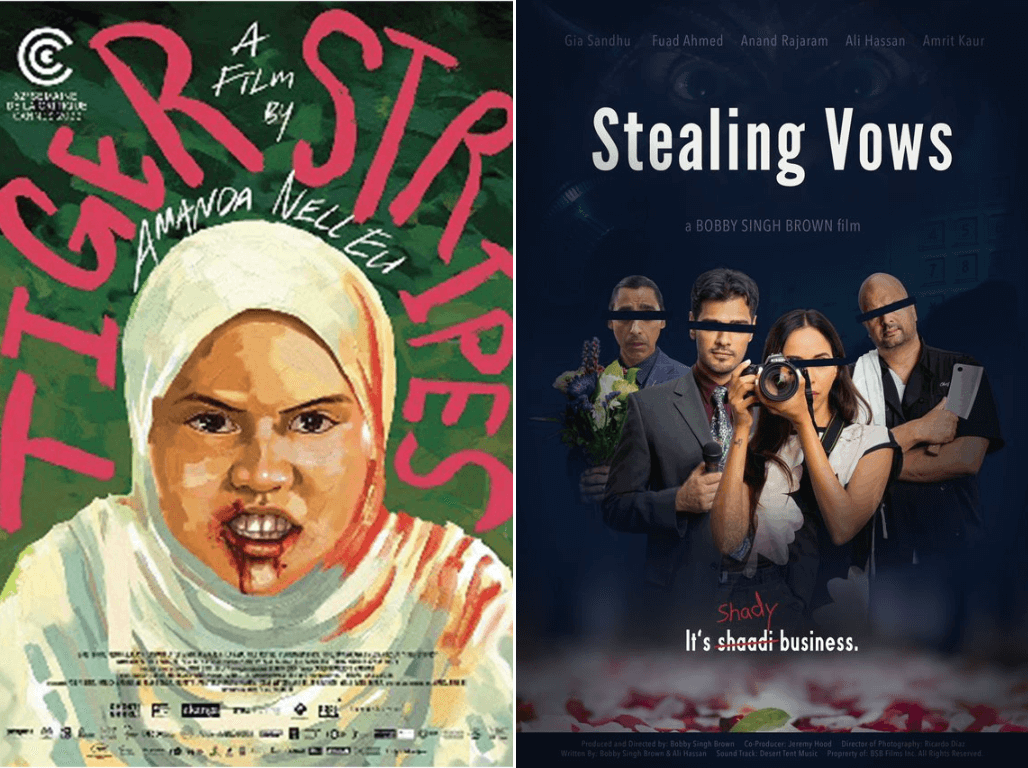
Over 50 Films From 9 Countries At The Eclectic South Asian Film Festival Montreal (May 24 - June 3)
-

Mother's Day Special: How Bollywood & Hollywood Super Moms Show Us Women Can Have It All!
-

Emerging Talents and Established Icons: Celebrate South Asian Heritage Month with Us!
-
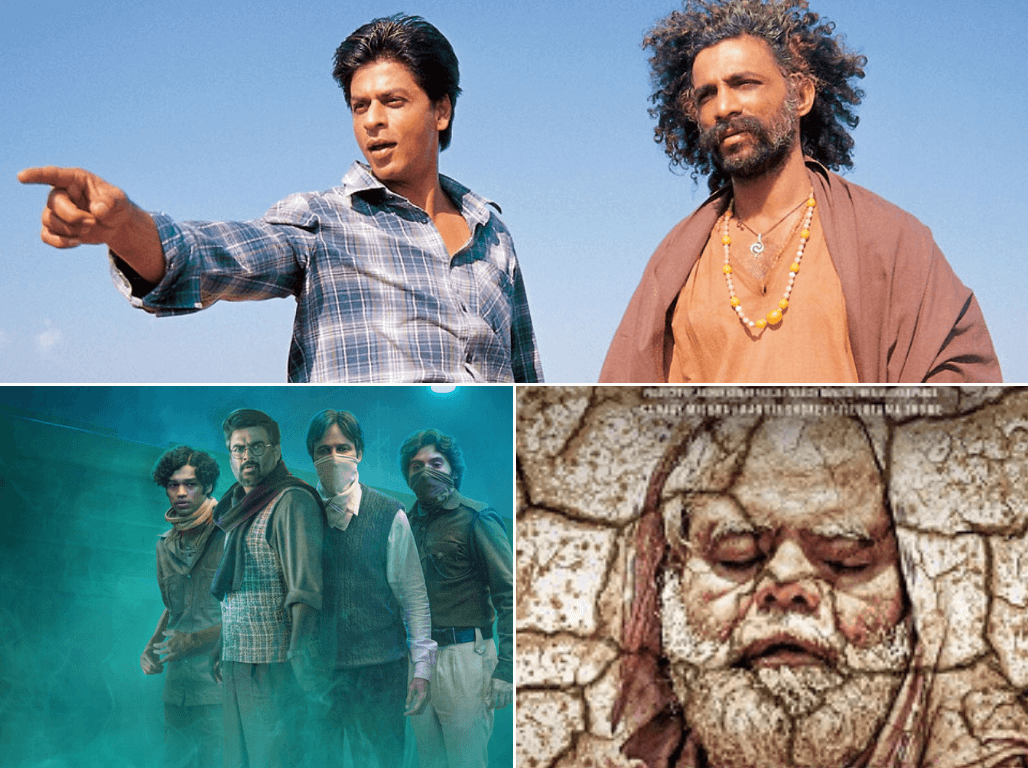
Revealing Truths: South Asian Cinema's Contribution to Earth Day Awareness
-
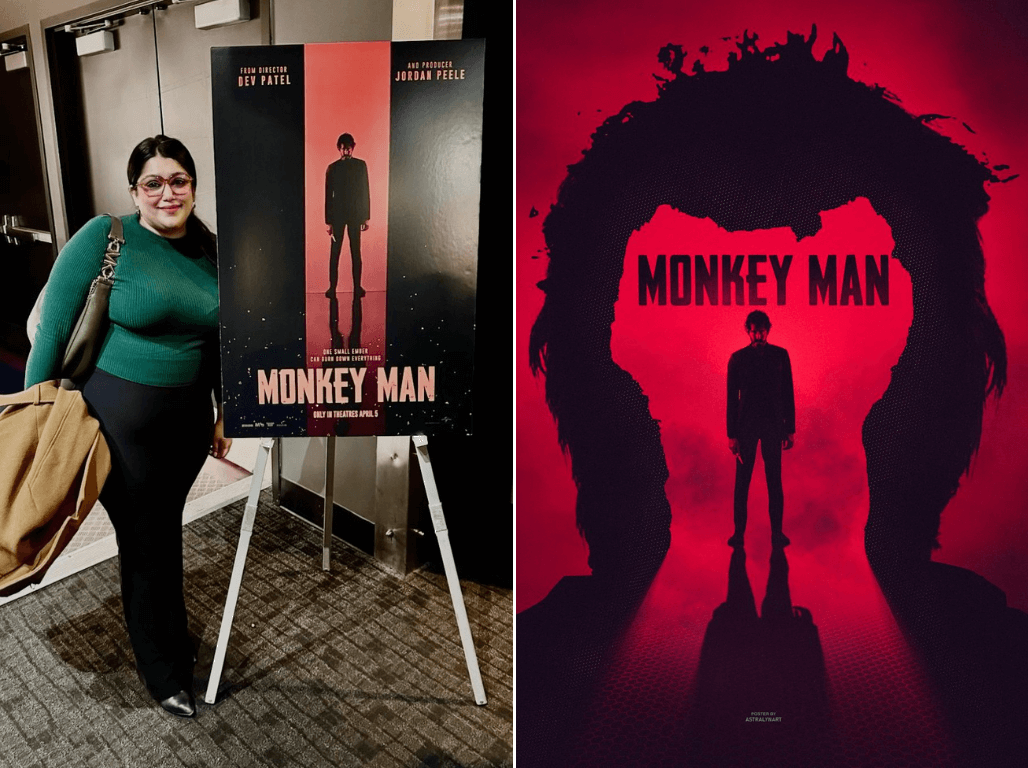
Review: Monkey Man - Dev Patel Sets the Screen Ablaze with Electrifying Action
-
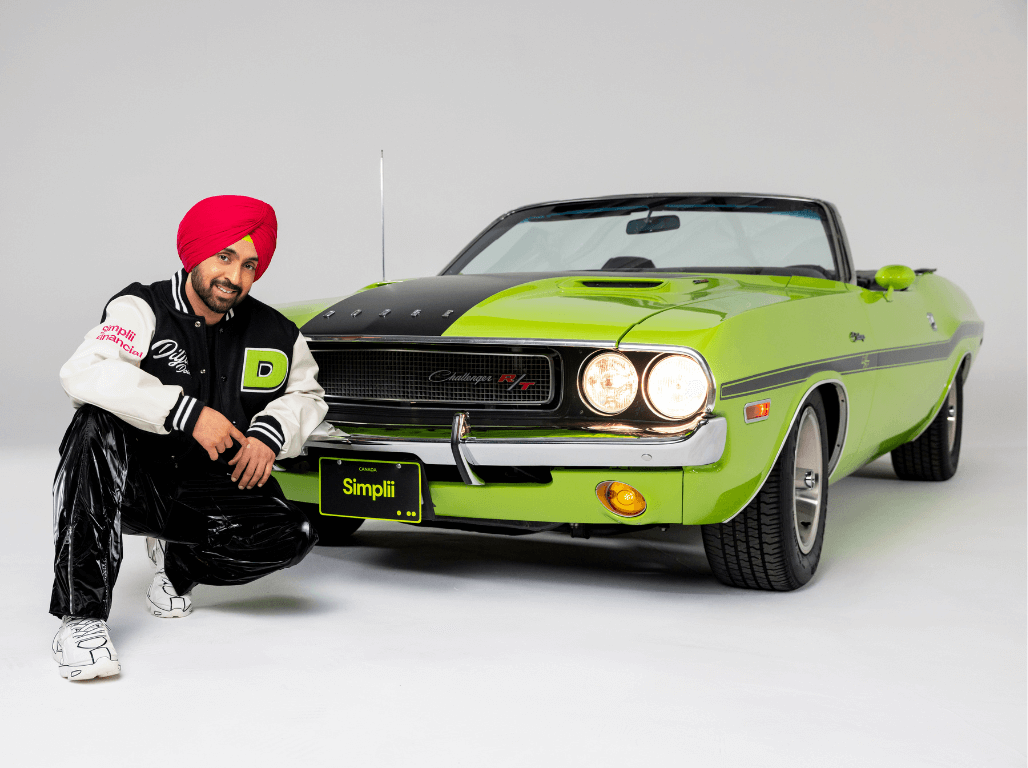
Exclusive Q&A With Diljit Dosanjh on the Dil-Luminati Tour and the Exciting Simplii Collaboration!
-

12 South Asian Female Artists Who Are Changing Hollywood's Landscape
-
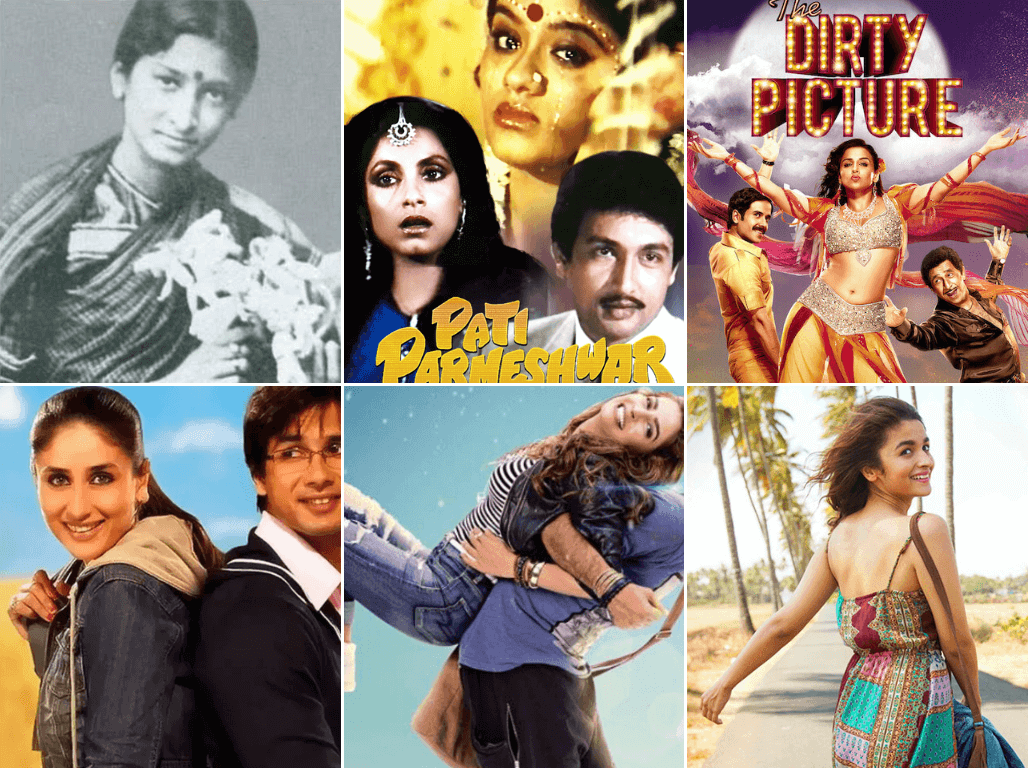
Transitional Representation of South Asian Women in The World of Entertainment
-
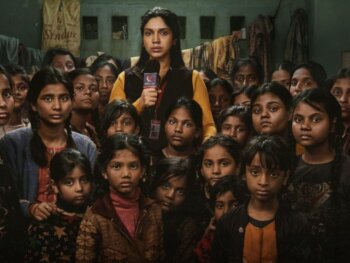
Hot February 2024 Films From Bollywood And Beyond!









